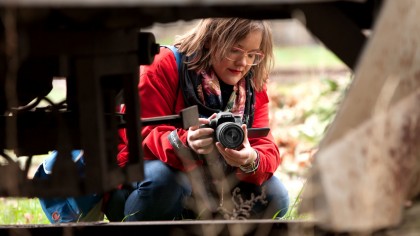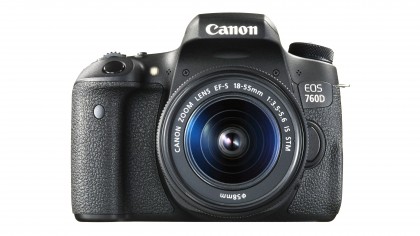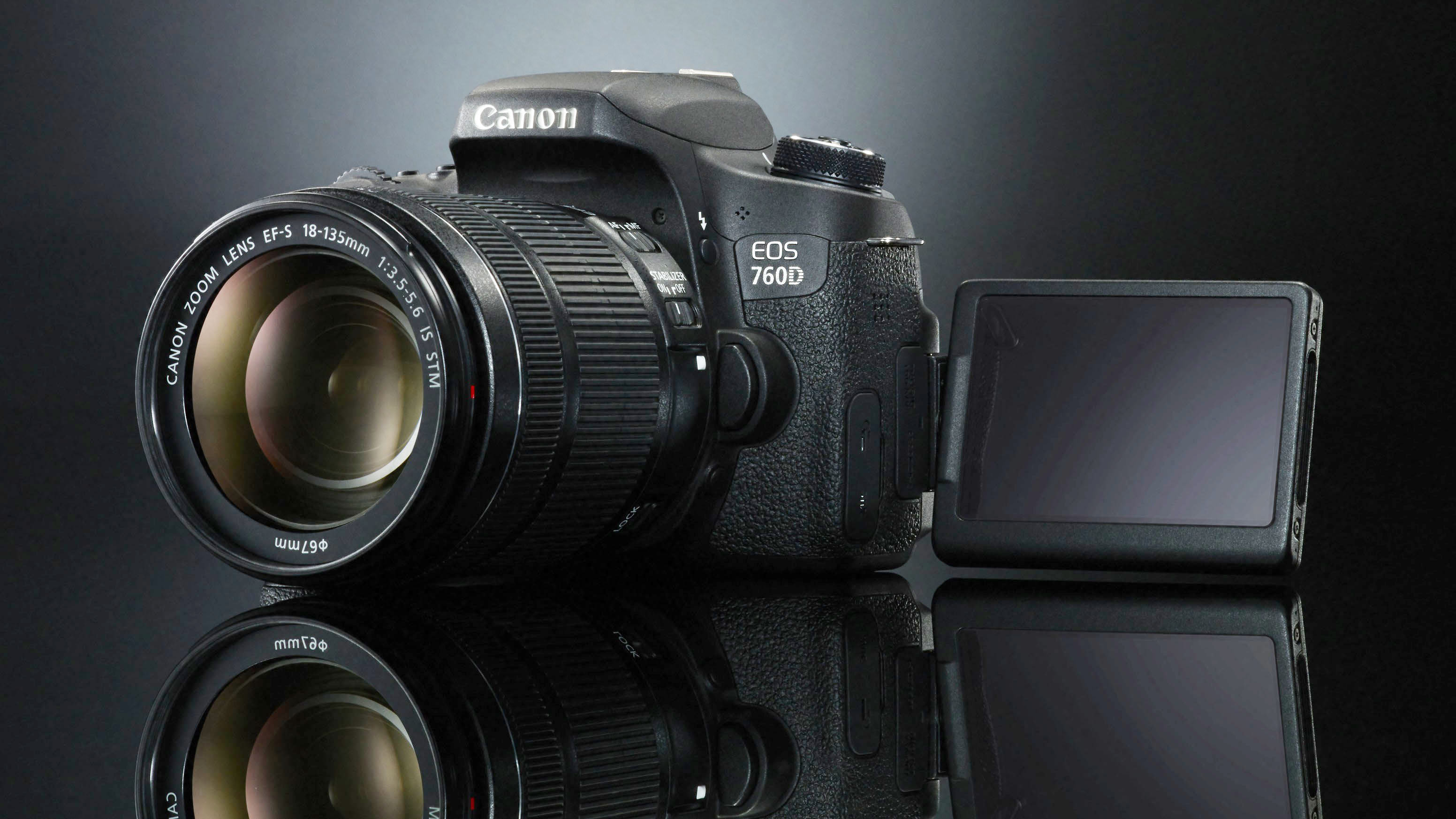Why you can trust TechRadar
Sensors with 24million pixels have proved popular, and with good reason, because they produce a nice compromise between image size and file size, as well as detail and noise. Stepping up to 36 million pixels results in files that fill up memory cards and hard drives a little too quickly and put extra strain on computer processing engines. The need to keep noise within acceptable limits also means that at the moment the only cameras with 36Mp sensors are full-frame models like the Sony A7R and Nikon D810. Samsung currently holds the record for APS-C format pixel count with its NX1 and NX500 which have the same 28-megapixel back-illuminated sensor.


Unlike Nikon with the D5500 and Pentax with the K-S2, Canon has put an anti-aliasing filter over the 760D's sensor. This (in part at least) enables the K-S2 to resolve almost as much detail as the 760D and for the D5500 to capture a little more information at most sensitivity settings. Nevertheless, the 760D makes a substantial step-up from the 700D in this regard and details look sharp and natural, especially in raw files.
Canon has given photographers a choice with its first 24Mp sensor: it's available in the EOS M3, the company's compact system camera (CSC), and the 750D and 760D, which are both DSLRs. The 760D is the little more expensive of the two DSLRs, but it brings a few handling benefits over the 750D including a secondary LCD screen on the top-plate, a Quick Control dial around the navigation buttons, an electronic level and a lock on the Mode dial, plus a different control arrangement.
We like
Although some are drawn to the 760D for its secondary LCD screen, I found that it's the Quick Control dial that makes a bigger difference. This makes adjusting exposure a one-step process, which is more becoming of a camera that is designed for making creative images. The electronic level is also extremely useful when you want to ensure the horizon isn't wonky.
In addition, the new metering system is very impressive. In the course of this test it managed to produce superb results in situations where we might reasonably have expected it to fail.
Canon's touch-control system is very good and it's great that the 760D still has the full array of buttons and dials so that you have a choice about how you adjust settings.
We dislike
Although the viewfinder in the 760D is good, it's an optical unit. While this can still be an advantage in some situations, it has the disadvantage of not being able to show the impact of setting selections. This means if the exposure is set incorrectly you won't see it until the image is captured and reviewed. Similarly, the white balance or Picture Style could be wrong, but the view will look the same in the viewfinder.
As part of Canon's beginner-level line-up the 760D isn't going to offer the same specification as models in the enthusiast or professional-level groups, but there are a few 'shortcomings' that are worth flagging up. A maximum continuous shooting rate of 5fps (frames per second), for instance isn't anything to get excited about and as the viewfinder covers 'just' 95% of the scene, there's a risk of capturing unwanted invisible elements around the edges of images.
Verdict
Canon has created a versatile camera that gives photographers plenty of control while offering automated options for inexperienced users. The vari-angle touchscreen control is especially well implemented and is backed-up by buttons and dials that may initially find more favour with old-school photographers.

Most importantly, the 760D produces very high quality images with lots of detail, attractive colours and noise that controlled well. The metering system deserves particular praise for its ability to produce spot-on results in some very tricky situations. It's not often that we recommend upgrading from one generation camera to the next, but I'm making an exception with the 760D, it's a worthwhile upgrade from the 700D.
